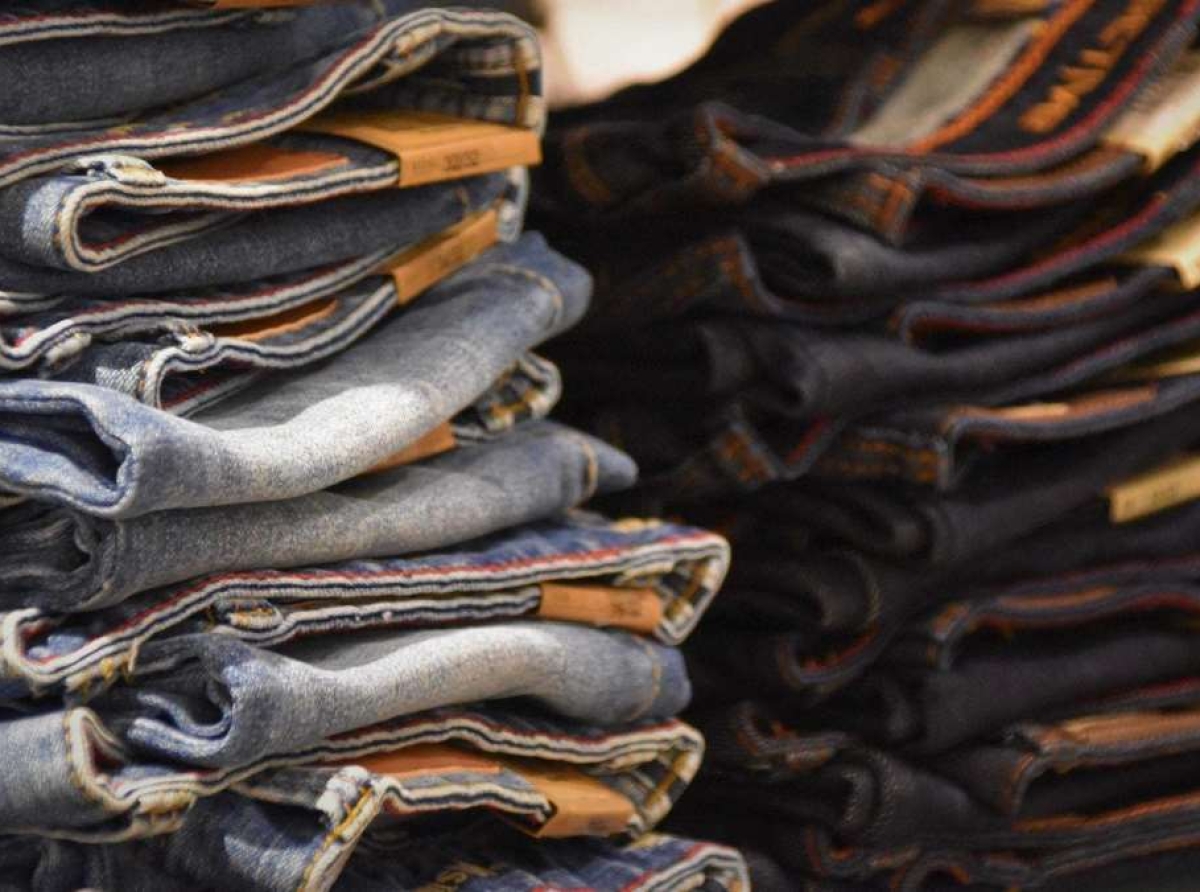The Shadowy World of Fakes: Inside India's counterfeit garment trade

15 February 2024, Mumbai
India's vibrant fashion scene is shadowed by a dark secret: a thriving trade in fake branded garments and accessories. This illicit industry, often euphemistically called ‘first copies', deceives consumers and inflicts losses on legitimate brands.
Scale of the problem
As per the FICCI Report, 2022, the counterfeit market in India accounts for 25–30 percent of all goods sold, with apparel being the top category.
This translates to a staggering Rs 1.5 lakh crore ($20 billion) annually, as per Confederation of Indian Industry estimates.
Interesting data-point
Apparel, footwear, and watch bags are the most counterfeited categories, accounting for almost 31 percent, as per some estimates. Studies reveal a 10-15 percent annual growth in the counterfeit market, highlighting its persistent nature.
Popular brands and luxury labels like Louis Vuitton, Gucci, and Chanel are frequently imitated, alongside domestic brands like Killer and Mufti.
Much more to it
As per news reports, in March 2021, authorities in Delhi seized a massive haul of counterfeit Gucci bags worth Rs 20 million, highlighting the scale and profitability of the fake market.
Similarly, the Delhi Police seized two crore worth of fake garments from a factory, highlighting the scale of domestic production. Several e-commerce platforms have faced legal action for hosting sellers of counterfeit goods.
At the grass-root of the problem
Studies show, China is the primary source of these fakes, followed by Thailand and Vietnam. Offline markets like Gaffar Market (Delhi) and Vardaan Market (Kolkata) are major hubs for retail.
Street vendors and even some smaller brick-and-mortar stores contribute to the problem. E-commerce platforms, despite efforts to curb the issue, still host vendors selling fakes.
Direct sellers on platforms like Instagram offer "first copies" discreetly.
The primary reason for buying fakes is their significantly lower price, often a fraction of the original brand's cost.
Findings; Mostly popular among young adults, 18–35 years old are the major buyers, followed by middle-aged consumers. What makes them attractive is their affordability and brand names. Lack of awareness about ethical implications is a major motivator.
Combating the issue
Counterfeiting harms legitimate businesses, leading to job losses and reduced tax revenue. Fakes often use inferior materials and lack ethical production standards, raising safety and health concerns.
Legal piece
Counterfeiting also exploits intellectual property and fuels organized crime.
And the issue needs to be combated at various levels. One way is through increased crackdowns and stricter penalties.
Stronger legal frameworks and harsher penalties are crucial to deterring the production and sale of fakes. Educating consumers about the ethical and legal implications of buying fakes is essential. Companies need to invest in robust anti-counterfeiting measures.
Burning issue
Brands need to invest in anti-counterfeiting measures like holograms and track-and-trace technologies.
They also need to collaborate with online platforms to curb the menace.
Combating India's counterfeit fashion market requires a multi-pronged approach.
By understanding the scope, motivations, and distribution channels, stakeholders can work together to protect consumers, legitimate brands, and the Indian economy.
India's Fashion Fake: 3 Key Insights:
1. Billions lost, 31% apparel fakes: Countfeit fashion steals Rs 1.5 lakh crore, with clothes, shoes, and bags most copied.
2. Gucci to Gaffar Market: Big brands and local labels imitated, sold online and offline, with China as a major source.
3. Affordability & ignorance fuel demand: Young buyers drawn to low prices and brand names, unaware of ethical and legal issues.

















